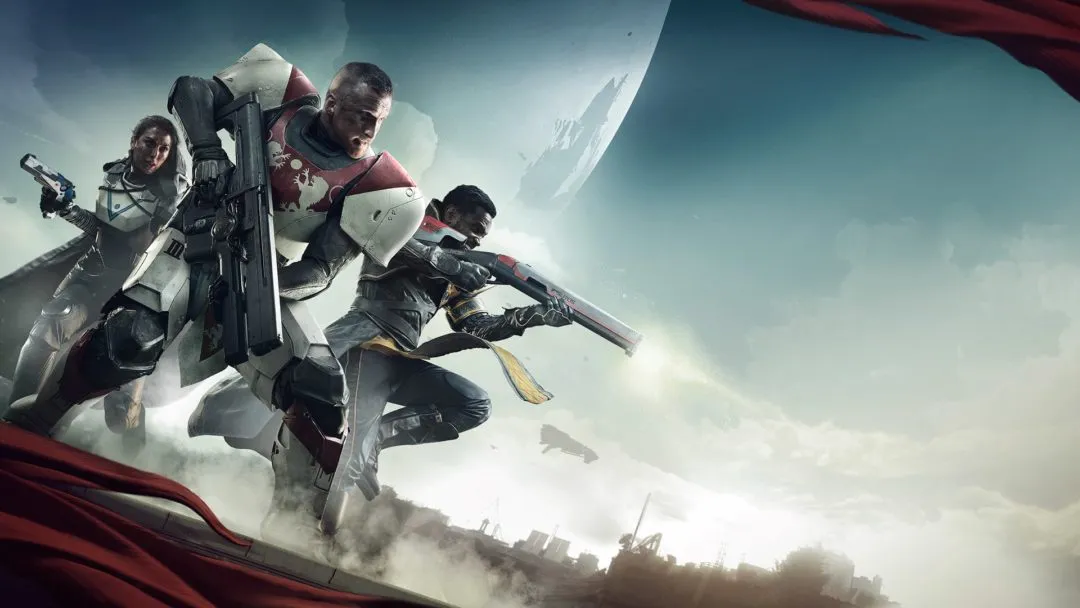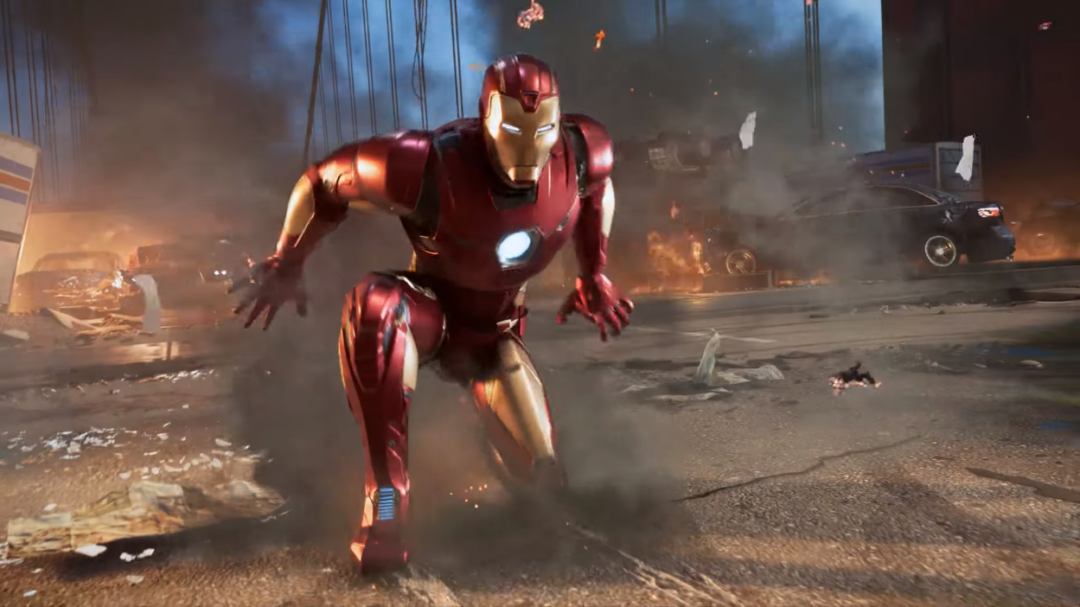
Have you ever noticed how scary movies can still be scary even when you watch them for the second time? When the slasher takes a swipe at the cheerleader and he juuuust misses her, it can still be a nail-biting moment despite the fact that you know she lives to see the end of the film. It’s fascinating to me how we can set aside the things we know and enjoy a story from the inside, following the thoughts and emotions of the characters as we live vicariously through them. They’re on an adventure, and we want to come along.
“Survival Horror” is one of those odd, misunderstood genres of games that too often acts as a catch-all for anything spooky or that has zombies in it. Any genre that can contain Dead Space and Silent Hill is a genre with hopelessly vague underpinnings.
Part of the problem is that it’s actually two different and conflicting game styles: “Survival” and “Horror.” Some games are intended to be about frantic combat, tight resource management, and punishing difficulty. These are survival games. Others are intended to scare, confuse, and disorient the player; to fill them with dread and unease; to disturb them and – in the end – make them feel genuine primal fear. These are horror games. The sad part is that game designers often confuse these two goals and mistake “harder game” with “scarier game.”
Fear is a profoundly difficult emotion to squeeze out of a person using a videogame. First, they must be genuinely immersed in the world. Lots of titles have trouble even accomplishing that much. Then you have to reach in and connect with the player, hooking into something that scares them. It takes time to build up this connection to the player and to get them to emotionally invest in the plight of the main character. You can’t just put them in control of a generic, faceless avatar and expect them to feel terror when you drop a few zombies on them.
Silent Hill does a good job of not killing immersion by keeping the interface uncluttered. There’s no health bar, map, or other interface elements onscreen to remind you “this is just a game.” When the screen turns red you think “I’m hurt bad,” not “I’m down to 7HP.”
Once you build this connection – once you have a player who has stopped thinking about the fact that they’re sitting on a couch and holding a controller and is instead feeling as if they actually were inhabiting some baleful ruin, armed only with a bit of pipe and a few shreds of courage – then you need to maintain it as long as possible. You want them to think and act as if they were really there, and so the last thing you want to do as a game designer is kill that mood by killing the main character. Paradoxically, dying makes the game less scary.
I know this sounds odd, and goes against the classic survival-horror formula of springing “gotcha” deaths on the player every ten steps and putting save points ludicrously far apart. But consider these two types of fear:
1) Oh no! I’m going to DIE.
2) Oh no. I’m going to lose the game.
The first kind is a deep primal fear that all humans have. It taps into the “fight for your life” parts of our brain and injects the game with the raw visceral energy that comes from mortal danger. The second kind of fear is barely fear at all. It’s stress, mostly. Just about any game can accomplish that much. If the threat of losing was all it took to make a game scary, then I Wanna Be The Guy would be the most heart-stopping frightfest in history.
Creating real fear requires immersion, and sending the player back to the loading screen kills that. A second ago they were afraid for their lives. Now they remember they’re in their living room, it’s all just a game, and the danger was never real to begin with. You can threaten them all you like but once you actually kill the character, the player will remember you’re all bark and no bite because you can’t really hurt them. The worst you can do is stop them from progressing in the game, which just isn’t all that terrifying.
My beloved Silent Hill series really shows off this problem from time to time, as do the early Resident Evil games. The game is always disturbing and dripping with atmosphere that awakens a profound sense of dread in the player. But the game is at its least scary when it’s at its most difficult. I’m always uneasy before I die, but if I hit a tricky spot and die a couple of times then I’m yanked out of the world and suddenly I’m playing a videogame again. Even after I get past the rough spot, it takes a while to settle back into the mood.
So, if the goal is to genuinely scare a player you want to make them feel like they could die at any moment. At the same time, you want to avoid killing them as much as possible. Like watching the maniac chase the cheerleader for the second time, a good storyteller can make the perceived threat very high, even when (in the back of your mind) you know the actual threat is low or none.
This is not to say there’s no room for punishingly hard survival games with taut resource management. I recently modded Fallout 3 to turn it into exactly that. That sort of gameplay is a blast if you’re in the mood for it, but it’s not a magical shortcut to creating fear. Too often, when game designers want to scare us, they ignore the all-important “atmosphere” and “story” parts of the game and just take out half the health kits and save points.
There are a lot of “survival” games out there. Dead Space is survival action. Modded Fallout 3 is survival RPG. The recent Resident Evil games have been survival comedy. But Silent Hill is the only mainstream survival horror we have left.
That’s a shame, because I think there’s room for more.
And because I’m curious: What’s your scariest gaming moment?
Shamus Young is the guy behind this website, these three webcomics, and this program. He thinks that the Penumbra series ought to be classified as a “puzzle horror” game.






Published: Oct 30, 2009 09:00 pm